The placement of sconces can significantly impact the overall lighting and ambiance of a room. Here are some common and effective placements for sconces:
1. Bedroom:
- Flanking the Bed: Placing sconces on either side of the bed, at a height that allows for comfortable reading or ambient lighting, is a popular choice. This placement provides task lighting for bedtime reading while also adding symmetry and style to the bedroom.
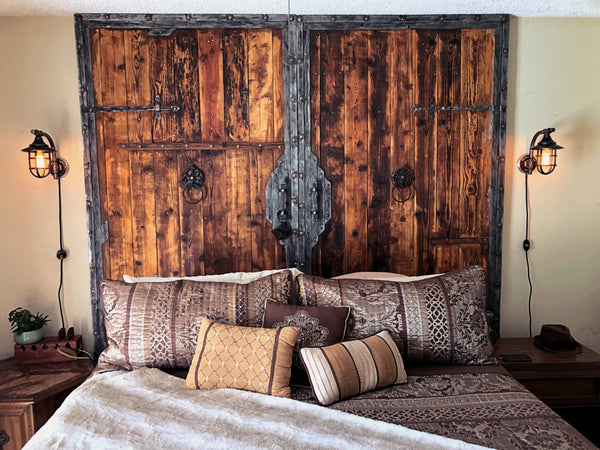
2. Living Room:
- Alongside Mirrors: Installing sconces on either side of a large mirror can create an elegant and balanced look. This placement not only enhances the lighting in the living room but also adds visual interest and depth to the space.
- Accentuating Artwork: If you have artwork or a focal point on one of the walls, placing sconces above or beside it can help highlight and showcase the piece.
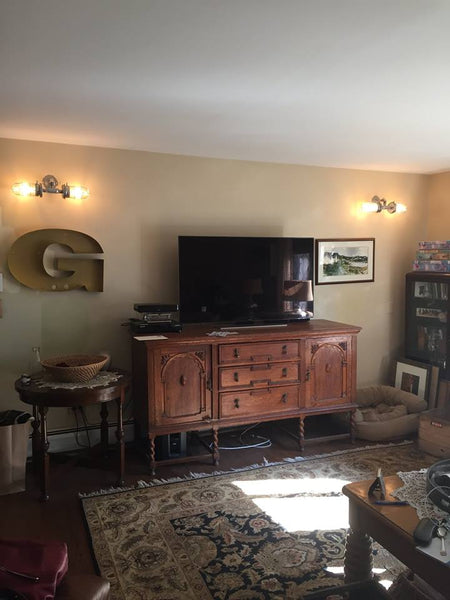
3. Dining Room:
- Above Buffets or Cabinets: Mounting sconces above buffets, cabinets, or sideboards in the dining room can provide ambient lighting during meals and enhance the room's overall atmosphere.
- On Feature Walls: Sconces can be placed on feature walls or near architectural elements like columns or arches to add drama and sophistication to the dining area.

4. Bathroom:
- Beside Vanity Mirrors: Installing sconces on either side of the vanity mirror at eye level helps eliminate shadows on the face, making it ideal for grooming tasks.
- Near Bathtubs: Placing sconces near bathtubs can create a relaxing and spa-like ambiance, especially when paired with dimmable lights for adjustable mood lighting.
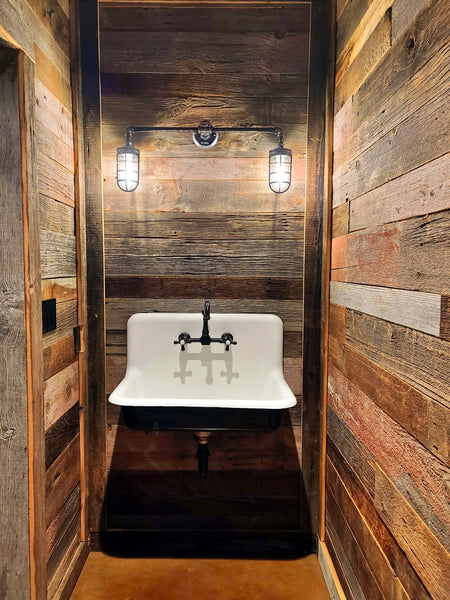
5. Hallways and Entryways:
- Along the Walls: Installing sconces along hallways or entryways can provide safety and guidance by illuminating the path. Optimal spacing between sconces ensures even lighting throughout the area.
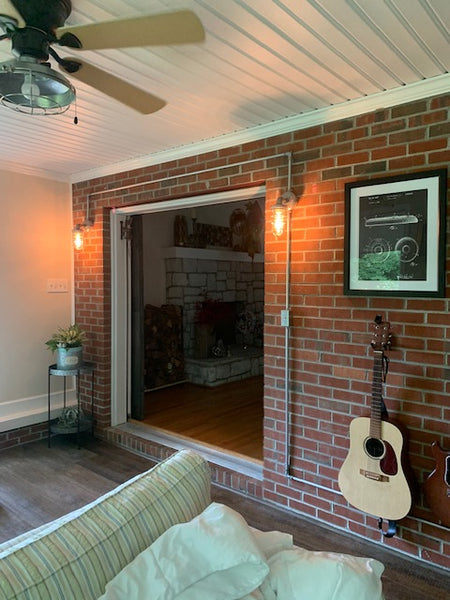
6. Outdoor Spaces:
-
On Exterior Walls: Sconces can be mounted on exterior walls near entry doors, patios, or outdoor seating areas to enhance curb appeal and provide functional lighting for outdoor activities.
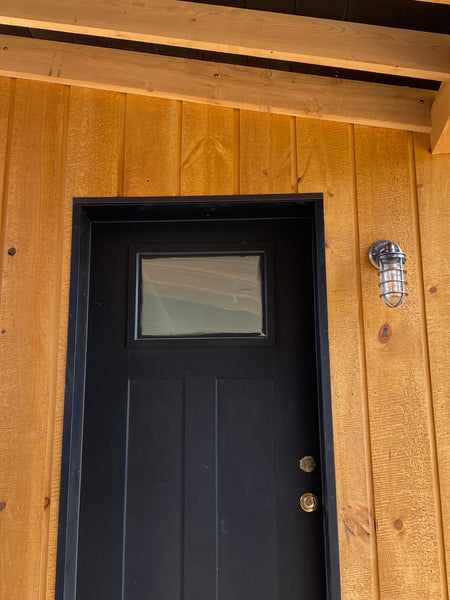
When determining the best placement for sconces, consider factors such as the room's layout, the intended use of the space, the existing lighting scheme, and the overall design aesthetic you want to achieve. Additionally, consulting with a lighting designer or considering a lighting plan can help ensure optimal placement and functionality of sconces in your home.

